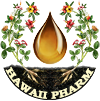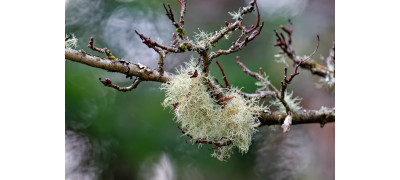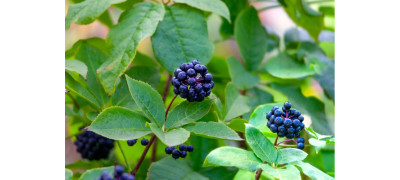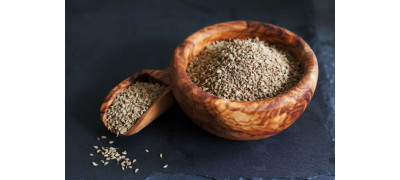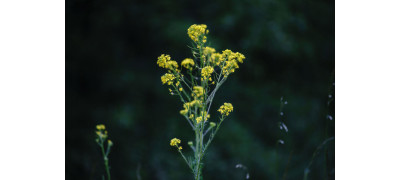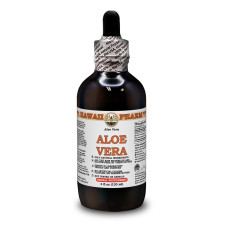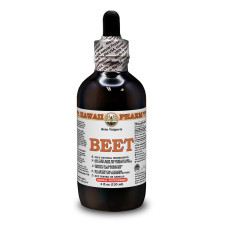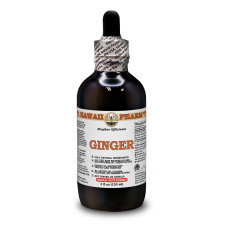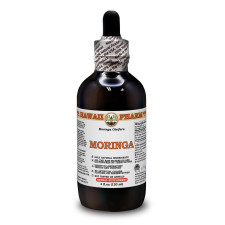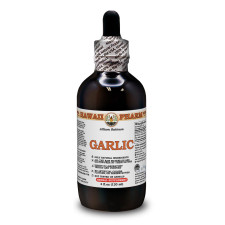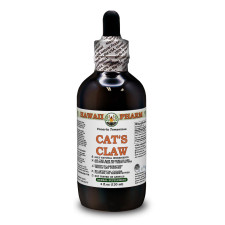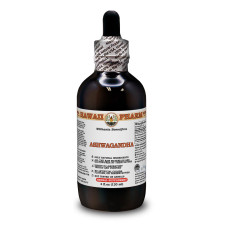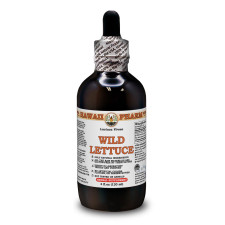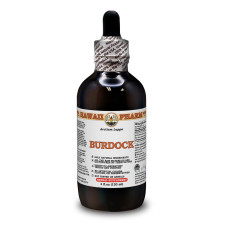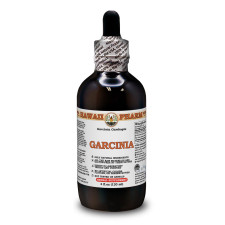- Home
- Alcohol Herbal Extracts
- Alcohol-FREE Herbal Extracts
- Veterinary Herbal Extracts
- Partnership
Partnership
We are open for cooperation with all interested persons or organizations. We have plenty of partners from all around the world and are looking for a long-term cooperation with new ones. At the present time we offer the following cooperation models:

WHOLESALER
We offer up to 30% discounts for wholesalers. The exact discount amount is dependent on your order amount, quantity and size of items. Minimum order amount is $300.

PRACTITIONER
Only for licensed practitioners! Create an account as practitioner and get special exclusive promotions. This kind of account is required manual approve.

AFFILIATE PROGRAM
Do you recommend us to your friends, family, colleagues and/or clients? If so: Thanks! We really appreciate it! Join our affiliate program. It’s by far the best way to monetize your Twitter or Facebook page, blog, or website.
- Blog
- Contact Us
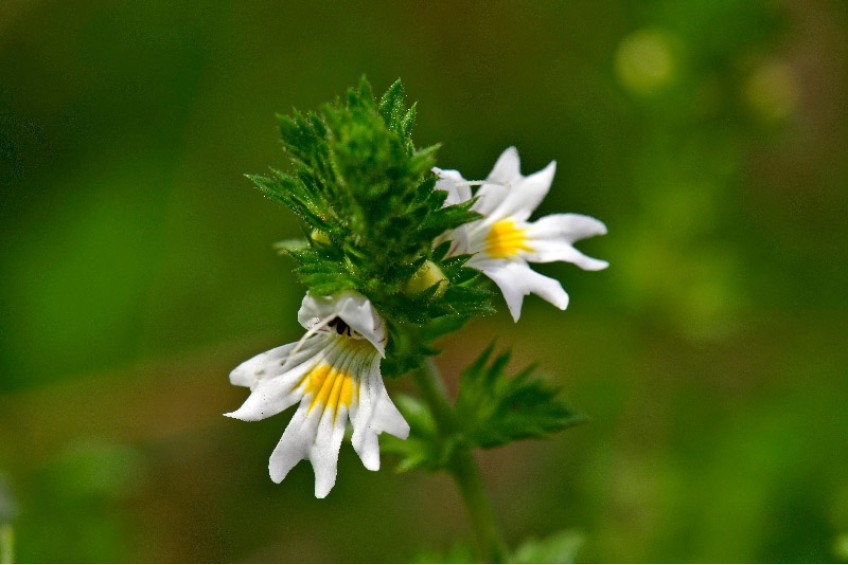
EXPLORING THE NATURAL WONDER OF EYEBRIGHT
Eyebright (Euphrasia officinalis) is a fascinating herb revered for its delicate beauty and its historical use in herbal traditions. This article explores Eyebright's botanical characteristics, chemical composition, natural habitat, taste profile, historical significance, and general health benefits, adhering to FDA guidelines to avoid specific medical claims.
Botanical Characteristics
Eyebright is a small annual plant belonging to the Orobanchaceae family, which thrives in various regions across Europe and parts of Asia. This herb typically grows to a height of 2 to 8 inches. It features lance-shaped, deeply toothed leaves and white or purplish flowers with yellow tinges and a black center, resembling a bloodshot human eye, which intriguingly reflects its name. The plant usually flowers from July to September.
Chemical Composition
The chemical makeup of Eyebright includes various compounds that contribute to its traditional uses. Notably, it contains flavonoids such as quercetin and luteolin, tannins, iridoid glycosides, and volatile oils. These components are recognized for their general properties in the context of traditional herbal practices.
Habitat and Taste
Euphrasia officinalis thrives in grassy meadows, pastures, and other sunny, well-drained environments. It is often found at higher altitudes across its native range. The plant favors a slightly acidic to neutral soil. In terms of taste, Eyebright is generally described as slightly bitter and astringent, which can be attributed to its tannin content.
Historical Facts
Historically, Eyebright has been used since the Middle Ages in Europe, with its name derived from the Greek word "Euphrasia," meaning gladness or well-being. This name reflects the positive effects it was believed to have on those who used it. The herb was popular among traditional herbalists, including the famous 17th-century herbalist Nicholas Culpeper, who noted its use in his writings.
General Health Benefits
In terms of general wellness, Eyebright has been traditionally used to support overall vitality and well-being. Its content of flavonoids and tannins are thought to contribute to its qualities, making it a popular choice in herbal tea blends and dietary supplements. The herb is often appreciated for its astringent properties, which can be beneficial in general health practices.
Indications for Use
Eyebright is commonly used in herbal practices to promote general health. It is often consumed as a tea or used as a liquid extract. In herbal tea preparations, dried Eyebright is steeped in hot water to infuse the beneficial properties of the plant into the drink. This herb is also available in the form of capsules or tinctures for ease of consumption.
Conclusion
While Eyebright has been traditionally celebrated for various applications, it's important to approach its use with a well-informed perspective, especially considering the lack of extensive scientific studies to conclusively support specific health benefits. Always consult with a healthcare provider before starting any new dietary supplement, especially if you are pregnant, nursing, or on medication. This ensures a safe and informed approach to using herbal products like Eyebright.
Eyebright remains a symbol of traditional herbal practices, capturing the interest of those intrigued by natural health and the storied past of herbal remedies. Its presence in herbal collections continues to be a testament to its enduring appeal and the historical appreciation of nature's bounty.
USNEA: NATURE’S MULTIFACETED LICHEN
Usnea, commonly known as 'Old Man’s Beard' or 'Beard Lichen,' is more than just a striking feature in many forests; it has a rich history and offers an array of benefits. Here, we dive into its botani..
ELEUTHERO. PRICKLY GINSENG RELATIVE
Eleuthero is a shrub with a height of 2-2.5 meters or more. The shoots are straight, the bark of the trunks is light brown, and the branches are almost black in color. The shoots are covered with thic..
AJWAIN - AN EXOTIC HERB RIGHT FROM INDIA.
Ajwain is an annual herbaceous plant with a spindle-shaped, well-defined main root. The stem is up straight, furrowed, and highly branched from the base. The plant has grayish-brown seeds with longitu..
INDIGO PLANT
Isatis Tinctoria has a simple, bare, up-straight stem, sometimes stiff-haired from below, reaching a meter in length. The root of the plant is rutabiform, goes deep into the ground. The leaves of Indi..
Get exclusive deals you will not find anywhere else straight to your inbox!
Subscribe / UnsubscribeCookies policy
 We use cookies and similar technologies that are necessary to operate the website.
You can consent to our use of cookies by clicking "Accept..."
We use cookies and similar technologies that are necessary to operate the website.
You can consent to our use of cookies by clicking "Accept..."
Get exclusive deals you will not find anywhere else straight to your inbox!
Subscribe / UnsubscribeWe meticulously produce our extracts according to precise standards where each herb is extracted according to the distinct characteristic of each plant! Hawaii Pharm LLC offers the biggest choice of liquid herbal extracts in the World!

Hawaii Pharm LLC - Nature Heals. Highest Quality Herbal Products Since 2008.


